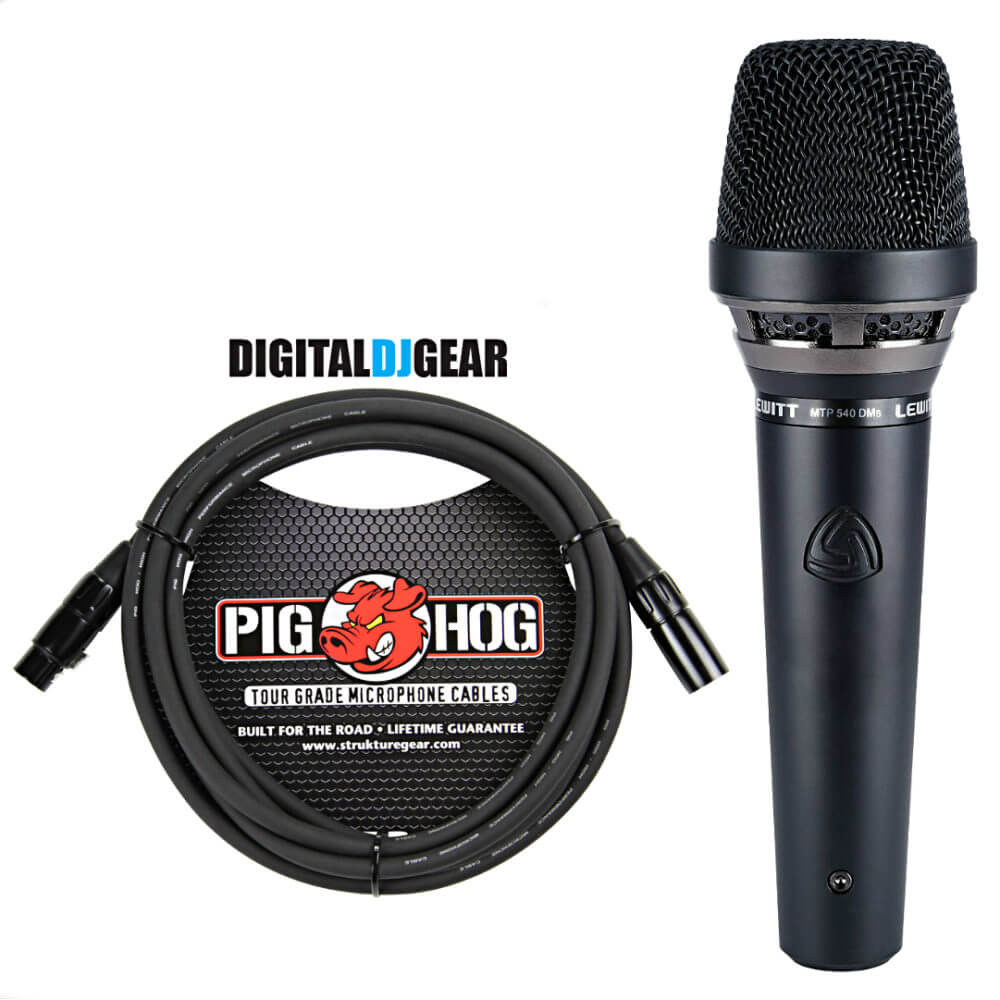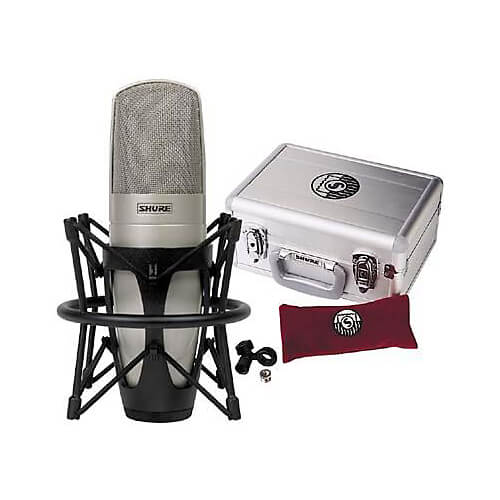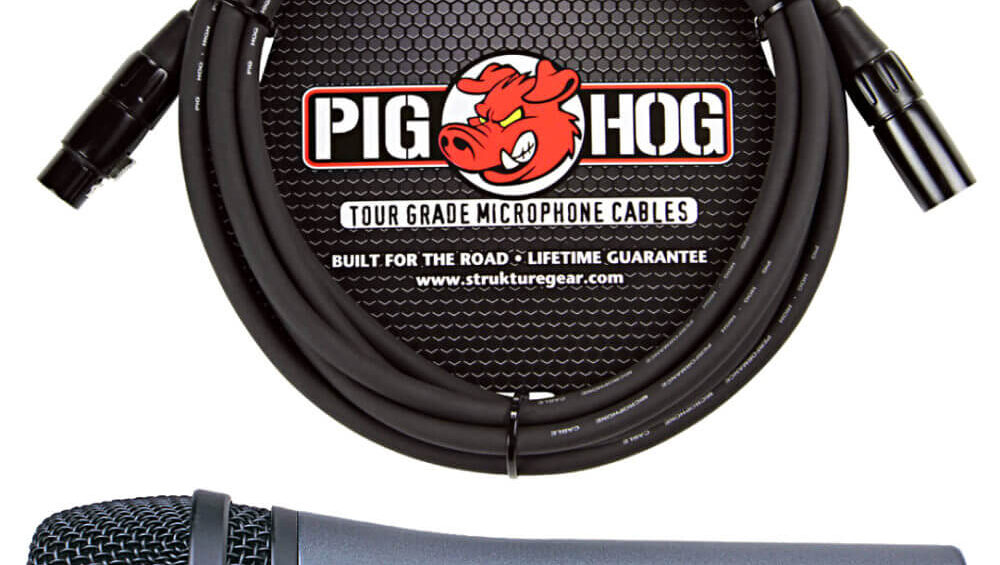We’ve spent a lot of time talking about microphones and we’ve definitely tried to encourage you to buy new ones but you know what? Sometimes that isn’t actually necessary at all. Sure we want you to buy the latest and greatest tech but we kind of want you to be happy with what you have. We’re going to be perfectly honest here; sometimes ‘problems’ with microphones can be easily fixed with a little bit of knowledge – which we’re going to drop on you in this post. Hang on, strap in, or do whatever you need to do because we’re about to take you on a pretty technical ride. Don’t worry, it’s easy to understand.
Keep your Sound Recording Equipment Sounding Great – There’s a Reason
 So you’re trying to make a high quality recording with your microphone and it’s just not coming out right. Well don’t worry about that, it’s a really common problem. We’ve dealt with it a lot, and we have to admit that sometimes our first instinct was to go online and buy a new one. Live and learn, right? Well, as it turns out there are a few ways to make a microphone sound better and we’re going to go over a few of them.
So you’re trying to make a high quality recording with your microphone and it’s just not coming out right. Well don’t worry about that, it’s a really common problem. We’ve dealt with it a lot, and we have to admit that sometimes our first instinct was to go online and buy a new one. Live and learn, right? Well, as it turns out there are a few ways to make a microphone sound better and we’re going to go over a few of them.
Before we get into how you can make your microphone sound better we’re going to mention the fact that there are many different types of microphones on the market. Some are high quality, some are low quality, and some are in between. It always helps to buy the highest quality microphone you can get but we understand that’s not always feasible. Don’t worry, there are still plenty of ways to make it sound better, so let’s take a look.
Change the Angle of your Mic – It Really Works
When you buy sound recording equipment you can expect it to have a few innate quirks that you have to watch out for, and in the case of microphones it’s going to be puffs. So what are we talking about here exactly? Well actually we’re going to cover a wide range of different things including:
- * Pops
- * Puffs
- * Clipping
- * Background Nosie
- * Reverb
- * Static
All of these probably sound like the end of the world when you’re in a recording session but you know what? They’re all completely fixable.
Fixing the Pops and Puffs
The headline for this section probably sounds a bit crazy but you’ve heard it before, even if you don’t’ realize it. The pops/puffs are just that massive popping sound you hear with P words – you know it now, you hear it everytime you talk into the mic. Well you could buy a pop screen, which is what most studios do, or you could try angling the mic 45 degrees to the side during recording. Fun fact: the puff only goes to the front, but your voice goes everywhere. It’s really cool and we definitely recommend trying it if you want to make the best recording.
Get Rid of Clipping
 This is another one that you’ve already run into – it occurs when your voice is too loud for the mic. For example when you’re trying to do your death metal screams you end up with distorted sound. This can actually be fixed by lowering the sound recording volume on your PC, assuming your sound is actually going through a PC. If it is, good for you, because you already have more control than many other people.
This is another one that you’ve already run into – it occurs when your voice is too loud for the mic. For example when you’re trying to do your death metal screams you end up with distorted sound. This can actually be fixed by lowering the sound recording volume on your PC, assuming your sound is actually going through a PC. If it is, good for you, because you already have more control than many other people.
Cut Through the Static
When you buy sound recording equipment you’re probably going to be a bit worried about the potential for static and rightly so. The best way to get rid of this is to make sure you’re moving the mic away from all sound sources other than your own voice. This is precisely why most performers work in sound proof booths. If you’re recording next to a computer, make sure the mic is nowhere near it – that will help immensely.
Finally – The Reverb
At any sound recording equipment store they’re going to tell you that reverb is a pain and they’re not wrong, not in the least. This is essentially just the background echoes that your mic will pick up when the sound rebounds from the walls of the recording space. What you’re going to need are walls that can absorb the sound instead of reflecting it, and one of the best ways to achieve that is by lining those walls with foam. Acoustic foam is definitely a good idea, so consider that before you start recording.
You see, you don’t have to replace your mic just to get the sound you want – there are simpler ways to do it if you just believe in yourself and your abilities to implement makeshift solutions. Still, there is nothing out there that beats good microphone.




